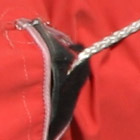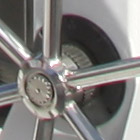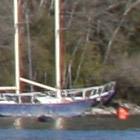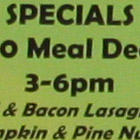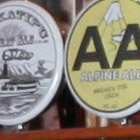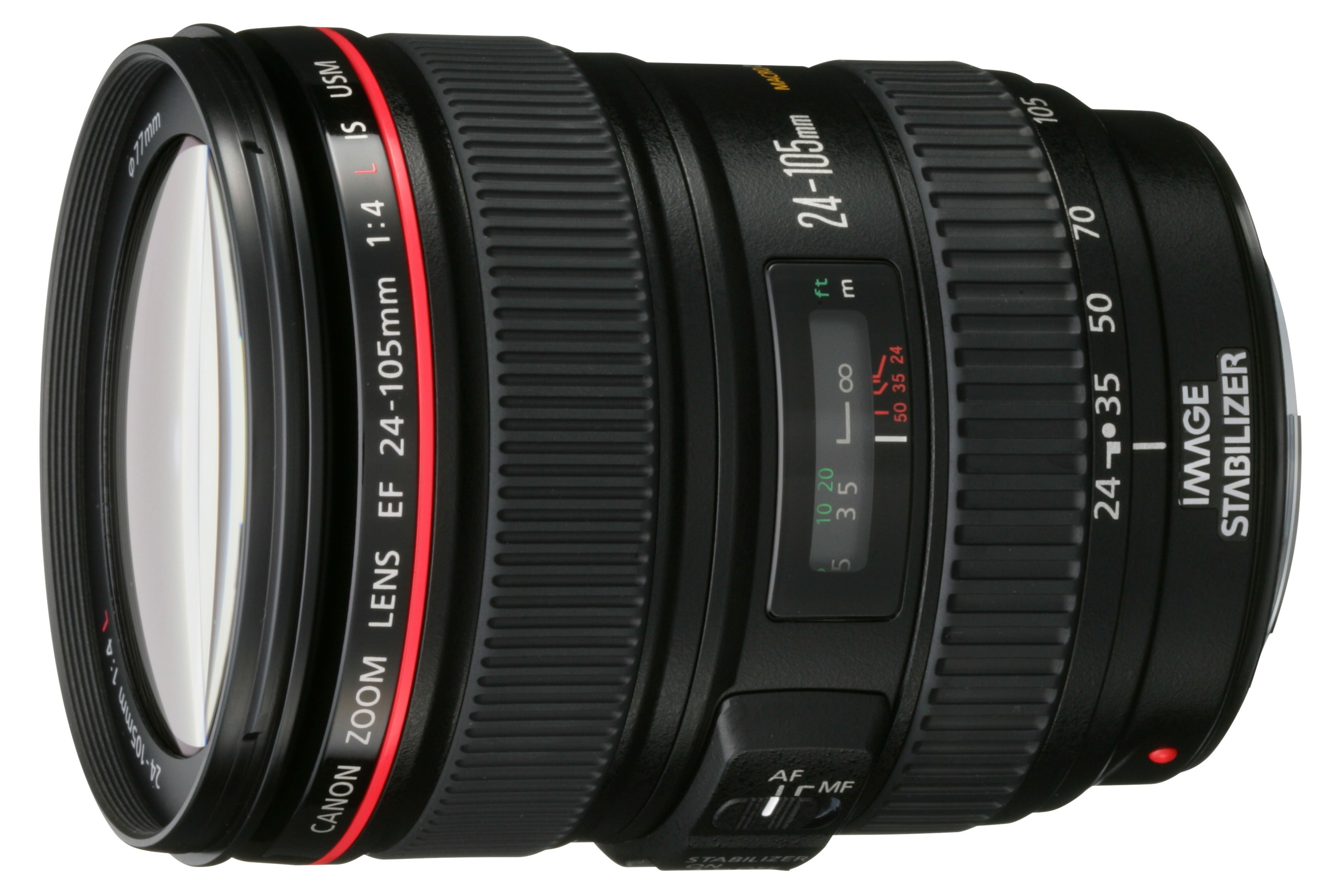
Canon EF 24-105mm f/4L IS USM, (tested with cropped-frame APS-C body)
-
-
Written by Gordon Laing
Samples
Canon EF 24-105mm Gallery with EOS 40DThe following images were taken with a Canon EF 24-105mm fitted on the EOS 40D. The EOS 40D is one of Canon’s cropped-frame bodies, so the coverage you see below is the same as when fitted on other cropped-frame bodies like the EOS 400D / XTi or EOS 450D / XSi.
The EOS 40D was set to Large Fine JPEG quality, Auto White Balance, Evaluative metering and the Standard Picture Style; High ISO Noise Reduction and Highlight Priority were set to their default OFF and Disable settings respectively.
The individual exposure mode, file sizes, shutter speeds, aperture, ISO and lens focal length are listed for each image; none required exposure compensation.
The crops are taken from the original files, reproduced at 100% and saved in Adobe Photoshop CS2 as JPEGs with the default Very High quality preset, while the resized images were made in Photoshop CS2 and saved with the default High quality preset. The three crops are typically taken from far left, central and far right portions of each image.
Landscape: 3.31MB, Program, 1/200, f10, ISO 100, 24-105mm at 24mm (equivalent to 38mm)
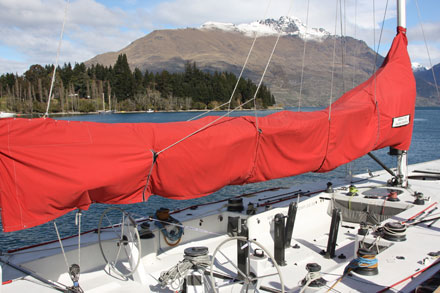
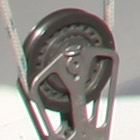
| ||||||
This first shot was taken with the lens zoomed-out to 24mm, working at an equivalent of 38mm. Normally we’d squeeze in the entire sail with a 28mm equivalent lens, but here at 38mm it’s too tight and we literally couldn’t step back any further without getting wet.
This lack of true wide angle is the big downside to using the EF 24-105mm on a cropped-frame body, but an equivalent of 38mm may be fine for your requirements.
Landscape: 6.61MB, Program, 1/250, f11, ISO 200, 24-105mm at 24mm (equivalent to 38mm)
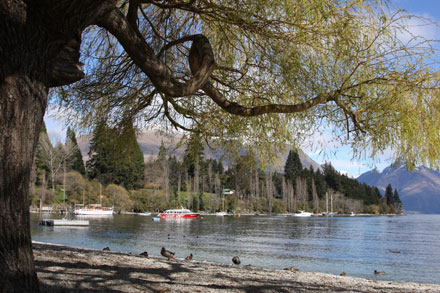
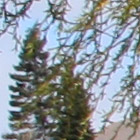
| ||||||
Another shot taken with the EF 24-105mm zoomed-out, but this time we used Live View on this shot to more comfortably shoot handheld at a very low angle. There’s a small amount of fringing visible around higher contrast areas, but it would only really bother the pixel peepers among us.
Portrait: 3.32MB, Aperture Priority, 1/2000, f4, ISO 200, 24-105mm at 105mm (equivalent to 168mm)
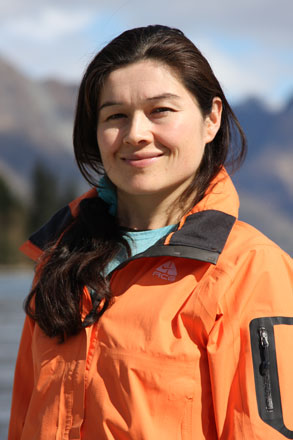 | 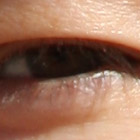 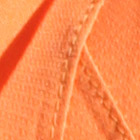 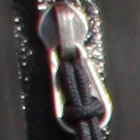 | This portrait shot was taken with the EF 24-105mm zoomed-in with its aperture wide open. |
This portrait shot was taken with the EF 24-105mm zoomed-in with its aperture wide open. Working at an equivalent of 168mm, it’s easy to throw the background out of focus and the circular aperture blades of the EF 24-105mm make for an attractive bokeh.
The crops show plenty of detail recorded even with the aperture wide open.
Building: 4.34MB, Program, 1/250, f11, ISO 200, 24-105mm at 24mm (equivalent to 38mm)
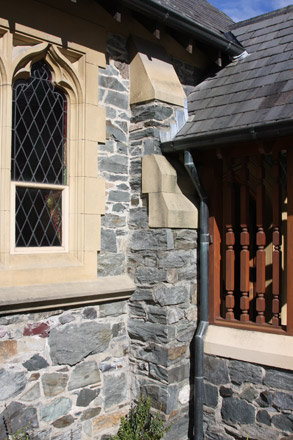 | 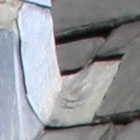 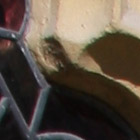 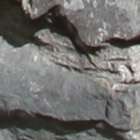 | This building shot was taken with the EF 24-105mm again zoomed-out as wide as it could go, and again we’ve had to step back further than normal to capture this result. |
This building shot was taken with the EF 24-105mm again zoomed-out as wide as it could go, and again we’ve had to step back further than normal to capture this result. One benefit of not going wider than an equivalent of 38mm though is avoiding geometric distortions which are normally visible when zoomed-out.
The crops are also detailed without any undesirable artefacts.
Macro: 3.65MB, Aperture Priority, 1/15, f5, ISO 800, 24-105mm at 73mm (equivalent to 117mm)
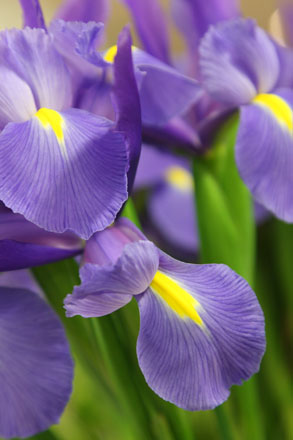 | 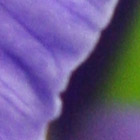 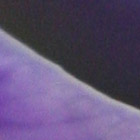 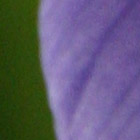 |
Our first macro shot was taken with the EF 24-105mm zoomed roughly three quarters in at 73mm – or an equivalent of 117mm. The EF 24-105mm can’t focus as close as some lenses, but you can still achieve decent macro shots. These flowers fill the frame and contain lots of detail, although at f5, the depth of field is quite small at this close range – and some noise is also apparent from the 40D operating at 800 ISO.
Macro: 5.26MB, Aperture Priority, 1/6, f18, ISO 1600, 24-105mm at 105mm (equivalent to 168mm)
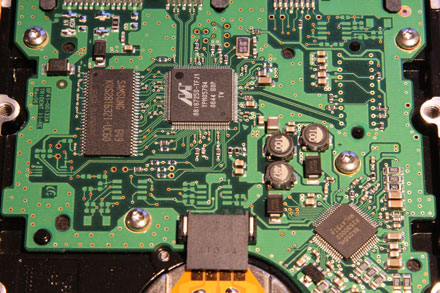
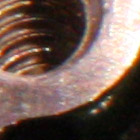
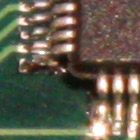
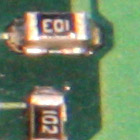 | Our second macro shot was taken with the EF 24-105mm zoomed-into its maximum focal length and positioned almost as close at it would focus. | |||||
Our second macro shot was taken with the EF 24-105mm zoomed-into its maximum focal length and positioned almost as close at it would focus. Even then, the relatively large 3.5in hard disk case only just filled the cropped-frame, again proving there’s better lenses for extreme close-up work.
But the crops are detailed and the only real issues here are noise artefacts from the EOS 40D operating at 1600 ISO.
Indoor: 3.94MB, Program, 1/13, f4, ISO 800, 24-105mm at 24mm (equivalent to 38mm)
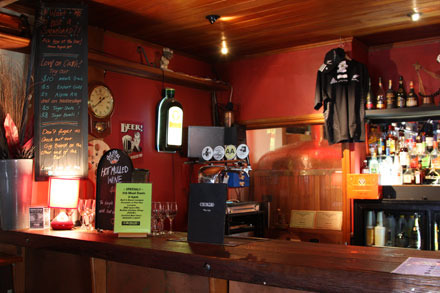
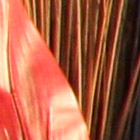
| One of the benefits of the EF 24-105mm is optical Image Stabilisation which Canon claims allows you to handhold shutter speeds three stops slower than normal. | |||||
One of the benefits of the EF 24-105mm is optical Image Stabilisation which Canon claims allows you to handhold shutter speeds three stops slower than normal. This is invaluable in darker conditions like this bar, where we’d normally need a shutter speed of 1/40 to freeze a shot taken at an equivalent of 38mm. The lens IS has instead allowed us to confidently shoot at 1/13 or even half that speed without worrying about camera shake.
Canon EF 24-105mm Gallery with EOS 40DThe following images were taken with a Canon EF 24-105mm fitted on the EOS 40D. The EOS 40D is one of Canon’s cropped-frame bodies, so the coverage you see below is the same as when fitted on other cropped-frame bodies like the EOS 400D / XTi or EOS 450D / XSi.
The EOS 40D was set to Large Fine JPEG quality, Auto White Balance, Evaluative metering and the Standard Picture Style; High ISO Noise Reduction and Highlight Priority were set to their default OFF and Disable settings respectively.
The individual exposure mode, file sizes, shutter speeds, aperture, ISO and lens focal length are listed for each image; none required exposure compensation.
The crops are taken from the original files, reproduced at 100% and saved in Adobe Photoshop CS2 as JPEGs with the default Very High quality preset, while the resized images were made in Photoshop CS2 and saved with the default High quality preset. The three crops are typically taken from far left, central and far right portions of each image.
Landscape: 3.31MB, Program, 1/200, f10, ISO 100, 24-105mm at 24mm (equivalent to 38mm)


| ||||||
This first shot was taken with the lens zoomed-out to 24mm, working at an equivalent of 38mm. Normally we’d squeeze in the entire sail with a 28mm equivalent lens, but here at 38mm it’s too tight and we literally couldn’t step back any further without getting wet.
This lack of true wide angle is the big downside to using the EF 24-105mm on a cropped-frame body, but an equivalent of 38mm may be fine for your requirements.
Landscape: 6.61MB, Program, 1/250, f11, ISO 200, 24-105mm at 24mm (equivalent to 38mm)

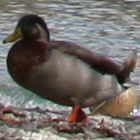
| ||||||
Another shot taken with the EF 24-105mm zoomed-out, but this time we used Live View on this shot to more comfortably shoot handheld at a very low angle. There’s a small amount of fringing visible around higher contrast areas, but it would only really bother the pixel peepers among us.
Portrait: 3.32MB, Aperture Priority, 1/2000, f4, ISO 200, 24-105mm at 105mm (equivalent to 168mm)
 |    |
This portrait shot was taken with the EF 24-105mm zoomed-in with its aperture wide open. Working at an equivalent of 168mm, it’s easy to throw the background out of focus and the circular aperture blades of the EF 24-105mm make for an attractive bokeh.
The crops show plenty of detail recorded even with the aperture wide open.
Building: 4.34MB, Program, 1/250, f11, ISO 200, 24-105mm at 24mm (equivalent to 38mm)
 |    |
This building shot was taken with the EF 24-105mm again zoomed-out as wide as it could go, and again we’ve had to step back further than normal to capture this result. One benefit of not going wider than an equivalent of 38mm though is avoiding geometric distortions which are normally visible when zoomed-out.
The crops are also detailed without any undesirable artefacts.
Macro: 3.65MB, Aperture Priority, 1/15, f5, ISO 800, 24-105mm at 73mm (equivalent to 117mm)
 |    |
Our first macro shot was taken with the EF 24-105mm zoomed roughly three quarters in at 73mm – or an equivalent of 117mm. The EF 24-105mm can’t focus as close as some lenses, but you can still achieve decent macro shots. These flowers fill the frame and contain lots of detail, although at f5, the depth of field is quite small at this close range – and some noise is also apparent from the 40D operating at 800 ISO.
Macro: 5.26MB, Aperture Priority, 1/6, f18, ISO 1600, 24-105mm at 105mm (equivalent to 168mm)


| ||||||
Our second macro shot was taken with the EF 24-105mm zoomed-into its maximum focal length and positioned almost as close at it would focus. Even then, the relatively large 3.5in hard disk case only just filled the cropped-frame, again proving there’s better lenses for extreme close-up work.
But the crops are detailed and the only real issues here are noise artefacts from the EOS 40D operating at 1600 ISO.
Indoor: 3.94MB, Program, 1/13, f4, ISO 800, 24-105mm at 24mm (equivalent to 38mm)


| ||||||
One of the benefits of the EF 24-105mm is optical Image Stabilisation which Canon claims allows you to handhold shutter speeds three stops slower than normal. This is invaluable in darker conditions like this bar, where we’d normally need a shutter speed of 1/40 to freeze a shot taken at an equivalent of 38mm.
The lens IS has instead allowed us to confidently shoot at 1/13 or even half that speed without worrying about camera shake.
